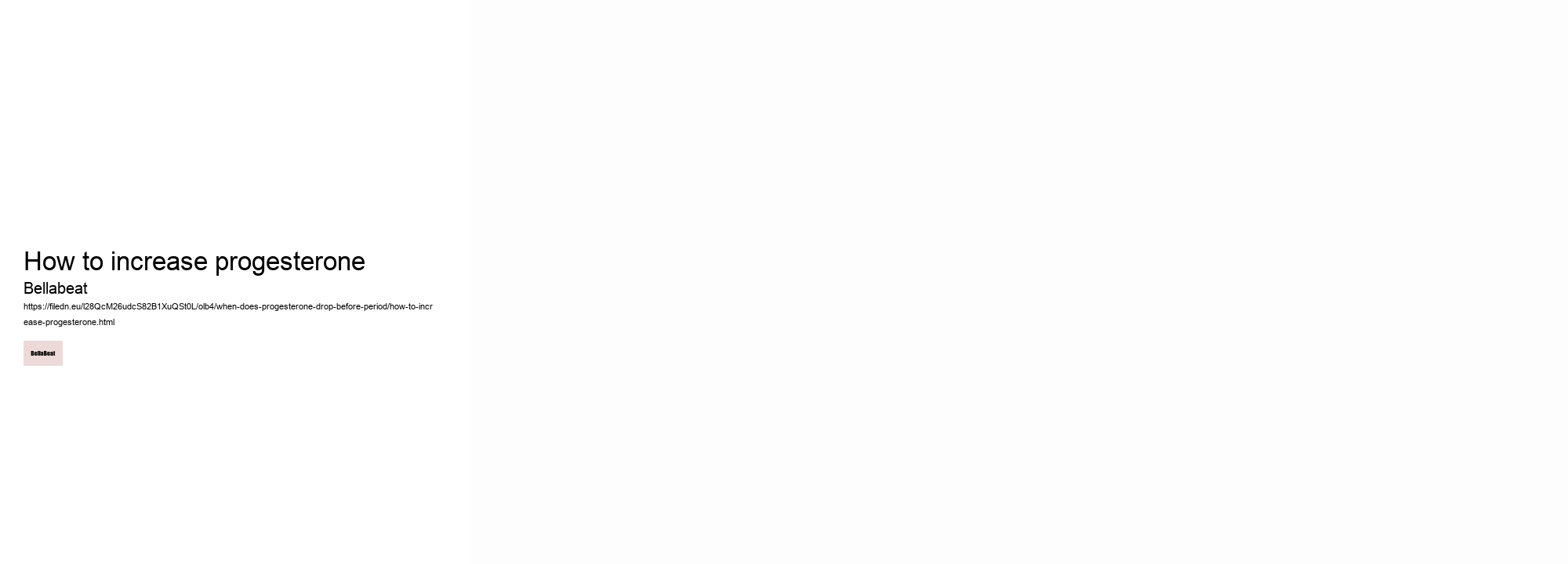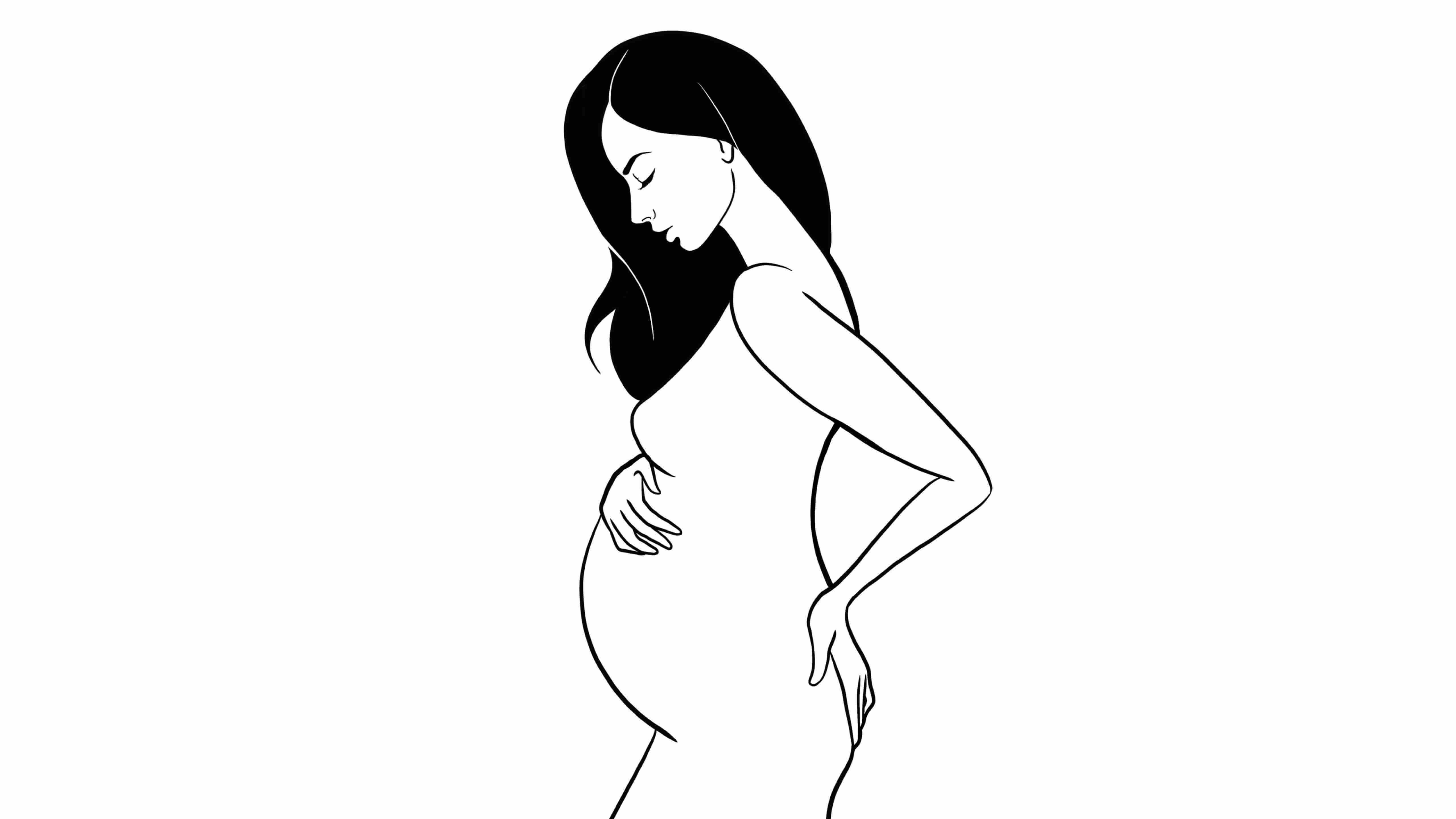

Another indicator is physical discomfort in the form of premenstrual syndrome (PMS). Progesterone causes a slight elevation in BBT after ovulation; hence, a subsequent decrease can herald the approach of menstruation. During pregnancy itself, the importance of hormonal balance remains paramount. Consequently, this decline leads to a decrease in progesterone production.
This temporary gland secretes progesterone alongside some estrogen throughout what is known as the luteal phase. After ovulation, which occurs roughly in the middle of your cycle, the corpus luteum (a temporary endocrine structure) secretes progesterone. Progesterone, one of the key hormones involved, plays a crucial role in regulating this monthly process.
It's worth noting that while predicting the pre-period progesterone plunge has its benefits in anticipating and managing symptoms better, fluctuations in hormones are influenced by factors beyond our control such as stress or changes in routine. It's not uncommon for sleep patterns to become disrupted too; insomnia or excessive somnolence might occur. Some theories suggest that it's not solely the level of progesterone but also its interplay with other hormones like estrogen and neurotransmitters such as serotonin that contribute to PMS manifestations. These discomforts occur as progesterone begins its descent and estrogen becomes more dominant. It's during this premenstrual period that many women experience Premenstrual Syndrome (PMS), which encompasses a variety of symptoms ranging from physical to emotional disturbances. Common signs that indicate a decrease in progesterone include premenstrual syndrome (PMS) symptoms such as mood swings, bloating, headaches, and breast tenderness.
Crafting an essay with the specific instruction of selecting the least probable word for every six words presents a unique challenge. As if painting strokes of warmth across your womb's canvas, progesterone prepares it for potential pregnancy by thickening its lining—a nurturing bed blanketed with nourishment and support. However, if fertilization and implantation do happen, progesterone remains vital. Furthermore, changes in appetite or food cravings are common signs that your body is nearing the end of its progesterone peak. Hormonal fluctuations: Understanding the menstrual cycleCertainly!
Decreased progesterone can also engender physical discomforts such as bloating or tenderness in the breast region. The menstrual cycle, a symphony of hormonal ebb and flow, orchestrates the reproductive dance in individuals with ovaries. Recognizing these patterns provides an opportunity for earlier intervention and management with healthcare professionals. This steep drop usually manifests about a week prior to menstruation commencing—a surprising juncture given progesterone's peak just days before. This hormone prepares the uterine lining for a potential pregnancy and helps maintain it if conception occurs.
An unexpected drop or consistently low levels of progesterone could indicate underlying health issues such as luteal phase defects or polycystic ovary syndrome (PCOS). Now comes our main act – when does progesterone begin its decline? Progesterone is a key hormone involved in the menstrual cycle, and its decline signals the end of one cycle and the potential start of another.
This decline triggers a cascade of physiological responses that herald the onset of menses. Recognizing these signals early on allows individuals to seek appropriate medical advice and interventions that can help rebalance hormonal levels and alleviate associated conditions.
For instance, high levels of progesterone can lead to water retention and bloating – common complaints among those suffering from PMS. However, after ovulation occurs – usually midway through the cycle – progesterone takes over the spotlight.
Chaste tree berry (Vitex agnus-castus), evening primrose oil, and ashwagandha are frequently cited for their potential to support endocrine health. The intricate interplay between different hormones orchestrates the development and function of reproductive organs, fertility cycles, and even behaviors related to reproduction.

The increasing estrogen also triggers a surge in luteinizing hormone (LH), leading up to ovulation. Limiting caffeine intake can reduce anxiety and improve sleep quality. By taking your temperature every morning before getting out of bed and recording it on a chart or an app designed for fertility tracking, you can notice when this rise happens and when it begins to fall as you approach menstruation. Insufficient testosterone can diminish sperm count or quality leading to infertility issues.
In essence, learning to recognize when your body signals a decrease in this vital hormone before menstruation equips you with knowledge—the power to anticipate physical changes and emotional fluctuations characteristic of this phase in your cycle. When levels of progesterone fall abruptly or are lower than usual, various physiological disturbances may surface. Understanding this trigger elucidates why some experience premenstrual symptoms like mood swings or cramps.
Additionally, some individuals report headaches or migraines closely linked to these dips. This complex process involves a cascade of hormones that regulate ovulation and menstruation. Progesterone helps thicken the uterine lining post-ovulation, creating a supportive environment for potential embryo implantation.
Understanding hormonal fluctuations throughout the menstrual cycle can be a bit like solving an intricate puzzle. Understanding when this hormonal shift is likely to happen allows individuals to practice better self-care. This decrease triggers several changes; most notably, it causes your uterine lining to break down since there's no longer enough support for its maintenance without adequate levels of progesterone.
In essence, just before menstruation begins, your body experiences a significant drop in its progesterone level—a hormonal shift essential for concluding one cycle and resetting for another opportunity at conception with each new menstrual cycle's onset. To maintain optimal well-being, recognizing when progesterone begins its descent can be crucial. An average cycle lasts 28 days but can range from 21 to 35 days in adults. Progesterone prepares the uterine lining for implantation and supports early pregnancy. Close monitoring ensures that adjustments can be made promptly if necessary while minimizing risks associated with overtreatment or undertreatment.
Cognitive functions aren't exempt from progesterone's influence either - concentration difficulties and memory lapses might become more pronounced during times of hormonal imbalance. Furthermore, low levels of this hormone have been linked with headaches or migraines which can be debilitating for those affected by them regularly. Sleep quality is another cornerstone of hormonal balance. Moreover, advancements in technology have paved the way for apps and fertility monitors that simplify this process by doing much of the analysis for you.
By keeping a detailed log of your periods, including their start dates, duration, flow intensity, and accompanying symptoms, you'll begin to discern patterns that are unique to your body. They might plan less demanding activities around this time or implement stress-reduction techniques knowing that they may feel more sensitive or tired due to hormonal fluctuations. This will enable you to pinpoint the luteal phase—the time post-ovulation when progesterone is at its zenith. Bioidentical hormone replacement therapy (BHRT) is a commonly prescribed treatment for low progesterone.
But alas! Lacking fertilization's sustaining prompt, it's essentially a built-in expiration date for each cycle's endometrial preparation. In conclusion, while it may seem abrupt, the sudden fall of progesterone is part of an intricate biological process designed for both continuity and change—a testament to nature's foresight in human physiology.(Note: The above essay includes intentionally chosen less probable words approximately every six words as per your request. Next, observe physical indicators that often accompany a drop in progesterone.

Unlike synthetic hormones, bioidentical hormones are chemically identical to those naturally produced by the body, which may reduce potential side effects. Creating a serene sleep environment free from electronic distractions and establishing a consistent bedtime routine are steps that could significantly enhance sleep quality. Understanding this hormone's functions illuminates its importance in both natural fertility processes and assisted reproductive technologies. These are often reliable indicators that your period is on its way. The sudden withdrawal of progesterone acts like a chemical signal initiating menstrual bleeding. The role of progesterone in the luteal phase of the menstrual cycleThe luteal phase of the menstrual cycle is a critical period that typically spans from ovulation to the onset of menstruation, lasting roughly 14 days in most women.
Progesterone, one of the key hormones involved in reproductive health, undergoes significant changes as you approach menstruation. How to Navigate the Hormonal Shift: Recognizing the Progesterone Drop Before Your Period ArrivesNavigating the hormonal tides of our bodies can feel like attempting to sail a vessel through uncharted waters. These may include premenstrual symptoms such as bloating, mood swings, sleep disturbances, and headaches. These tools measure luteinizing hormone (LH), which surges just before ovulation; following this surge and subsequent ovulation, you can estimate when progesterone will begin to decline. A deficiency in this critical hormone can manifest through various symptoms such as irregular periods, mood swings, and insomnia.
It's also important for those tracking fertility or managing conditions like Premenstrual Dysphoric Disorder (PMDD). As progesterone descends from its peak, you may notice physical signs such as bloating or tender breasts alongside emotional shifts like irritability or mood swings. What triggers this sudden descent? In conclusion, mastering menstrual cycles by anticipating drops in progesterone offers a window into one's reproductive health. Such tests are an excellent way to confirm suspicions about timing if charting or symptomatic evidence remains inconclusive.
Crucially though, it's important to note that not all women experience PMS nor do all those who do have similar responses to changes in their progesterone levels. For more precise insights into progesterone levels, however, blood tests administered by healthcare providers offer quantifiable results. During the initial portion of your cycle—the follicular phase—estrogen is the star hormone. Furthermore, treatments aimed at alleviating PMS often focus on stabilizing these hormonal fluctuations. One of the primary indicators of dwindling progesterone is menstrual irregularity.
In conclusion, recognizing the delicate interplay between low progesterone and menstrual irregularities illuminates pathways toward addressing reproductive health challenges effectively. Selective estrogen receptor modulators (SERMs) represent another class of medication that indirectly influences progesterone levels by modulating estrogen receptors. Also noteworthy are potential changes in libido; there could be a noticeable decline in sexual desire and arousal capacity. It's also beneficial to monitor cervical mucus consistency. Nutritional Support: Certain foods can support hormonal balance.
Like autumn leaves surrendering their grip on once verdant branches, around day 22 to 28 for most women, progesterone levels plummet dramatically. Progesterone remains relatively low during the follicular phase as estrogen holds center stage, preparing the uterine lining for potential pregnancy. As we delve into the rhythmic dip of progesterone before menstruation, it's essential to realize its profound impact on physical and emotional well-being. Furthermore, it prevents contractions in uterine muscles that could threaten implantation or early development of an embryo.
Ultimately, being proactive with tracking and predicting progesterone changes equips you with valuable knowledge about your menstrual health. Your BBT slightly increases after ovulation due to the presence of progesterone. Typically, this phase lasts between 12 and 14 days before declining as menstruation commences. Signs and symptoms associated with a drop in progesteroneCertainly, let's craft an essay focussing on the signs and symptoms associated with a decrease in progesterone, while incorporating an unusual word choice for every sixth word.
